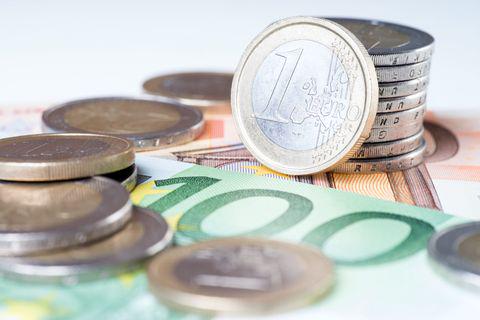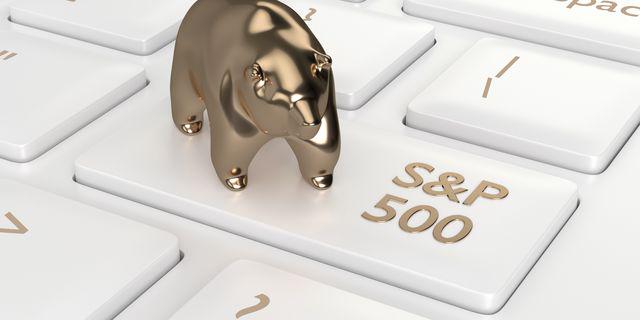
Recently, for the first time in two decades, the euro reached parity with the US dollar…
For a seamless experience, click “Redirect me.”

Don’t waste your time – keep track of how NFP affects the US dollar!
Data Collection Notice
We maintain a record of your data to run this website. By clicking the button, you agree to our Privacy Policy.

Beginner Forex Book
Your ultimate guide through the world of trading.
Check Your Inbox!
In our email, you will find the Forex 101 book. Just tap the button to get it!
Risk warning: ᏟᖴᎠs are complex instruments and come with a high risk of losing money rapidly due to leverage.
71.43% of retail investor accounts lose money when trading ᏟᖴᎠs with this provider.
You should consider whether you understand how ᏟᖴᎠs work and whether you can afford to take the high risk of losing your money.
Information is not investment advice
Although the dollar index fell to the lowest level in two years, it has room to recover.
JPMorgan believes that the US dollar can continue its upward journey even after the Federal Reserve starts raising interest rates. The Fed has been struggling with taming the fastest inflation since the 1980s. The dollar index has risen about 5% in the past year, raising questions about whether the uptrend is over.
However, in our view, the USD has more room to rise and make bigger gains. The markets are still in a mode of price discovery, and pricing economic data and Fed decisions. Notice that the dollar's peak usually comes a month or two after the Fed hike rates.
Market expectations of five rate hikes this year have strengthened, following hawkish comments from President Jerome Powell during the last meeting. The US central bank may choose to start raising rates by 50 basis points at the March meeting.
The market is chasing the Fed, trying to anticipate its next moves, because this is clearly a very unconventional cycle. For example, the Fed initially predicted that inflation would calm down if the supply chain problems related to the pandemic subside. However, it recently acknowledged that this process is taking longer than expected.
The dollar may face obstacles that will hamper the upward trend, with a significant shift in tone from the European Central Bank and the Bank of England.
The Bank of England and the European Central Bank both met market expectations. The BoE raised the interest rate by 25 basis points to 0.50% for the second time in a row. At the same time, the ECB kept its policy unchanged but shifted its tone in addressing the risks of inflation attacking the Eurozone.
The dollar index recorded its worst week in nearly two years last Friday, after the euro settled at its highest in three weeks at the beginning of this week, while the pound rose after strong shifts from ECB and BoE. EUR/USD saw a significant upward shift in price action last Friday (largest one-day move since December 2020) after ECB President Christine Lagarde acknowledged rising inflation risks and declined to repeat earlier guidance that a rate hike this year is highly unlikely. That marks a sharp shift in the tone of monetary policy for one of the world's most dovish central banks. With that, the decision to raise rates in the Eurozone in 2022, which was previously unacceptable, is now available on the table.
Nevertheless, the euro's gains will not continue in the short term, with a looming Fed tightening, which will support the dollar strongly.
US jobs data, stronger than expected, supported the dollar last Friday, pushing the dollar index back to 95.46 after a week full of bruises for the US currency. As the US economy and labor market improve, this will lead the Fed to tighten policies and raise rates at the March meeting.
In the end, the dollar is expected to continue its bullish trend, as it has not reached its peak yet. However, the USD might struggle with some EUR strength with the support of ECB tightening, which may curb its gains. Nevertheless, it will not kill the uptrend.

Recently, for the first time in two decades, the euro reached parity with the US dollar…

The second earnings season of 2022 has almost begun. From banks and tech stocks to cars and the retail sector: in this outlook, we covered the most promising releases of this summer and made several projections on the companies’ prospects.

The stock market has reversed, and now it’s going lower and lower…

eurusd-is-falling-what-to-expect-from-the-future-price-movement

Greetings, fellow forex traders! Exciting news for those with an eye on the Australian market - the upcoming interest rate decision could be good news for Aussies looking to refinance or take out new loans. The Mortgage and Finance Association Australia CEO, Anja Pannek, has...

Hold onto your hats, folks! The Japanese yen took a nosedive after the Bank of Japan (BOJ) left its ultra-loose policy settings unchanged, including its closely watched yield curve control (YCC) policy. But wait, there's more! The BOJ also removed its forward guidance, which had previously pledged to keep interest rates at current or lower levels. So, what's the scoop? Market expectations had been subdued going into the meeting, but some were still hoping for tweaks to the forward guidance to prepare for an eventual exit from the bank's massive stimulus
Your request is accepted.
We will call you at the time interval that you chose
Next callback request for this phone number will be available in 00:30:00
If you have an urgent issue please contact us via
Live chat
Internal error. Please try again later